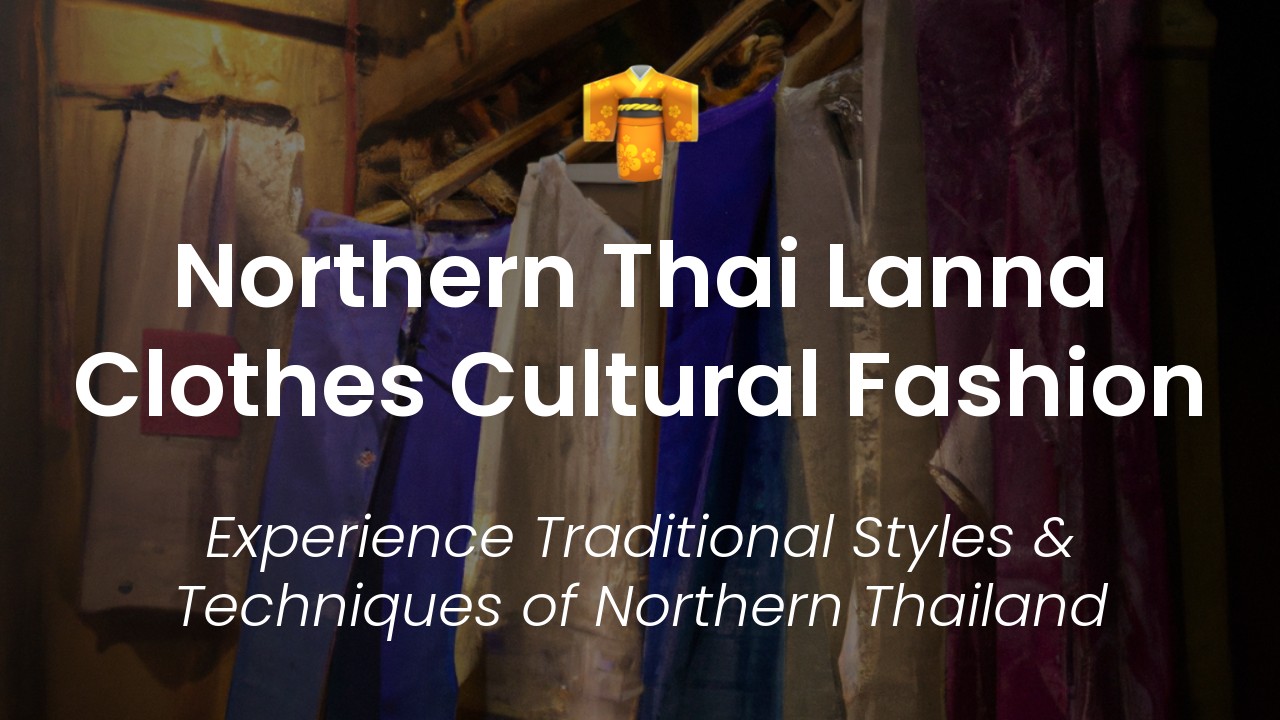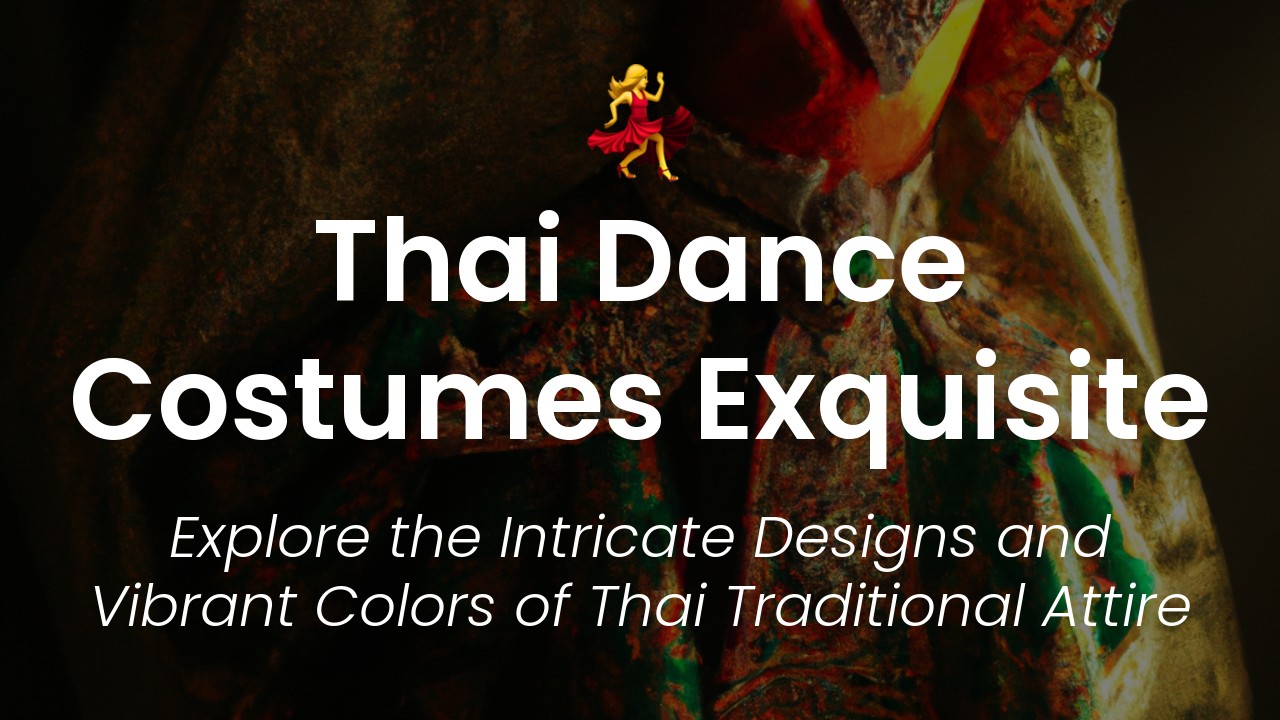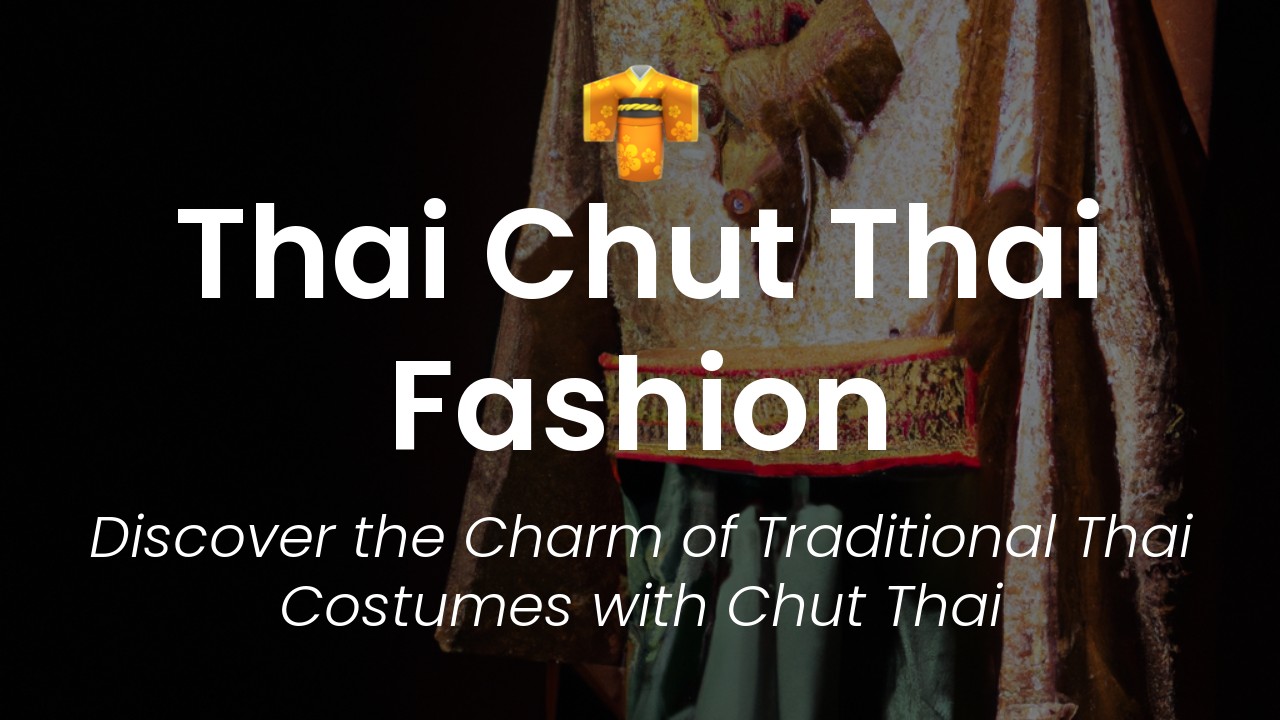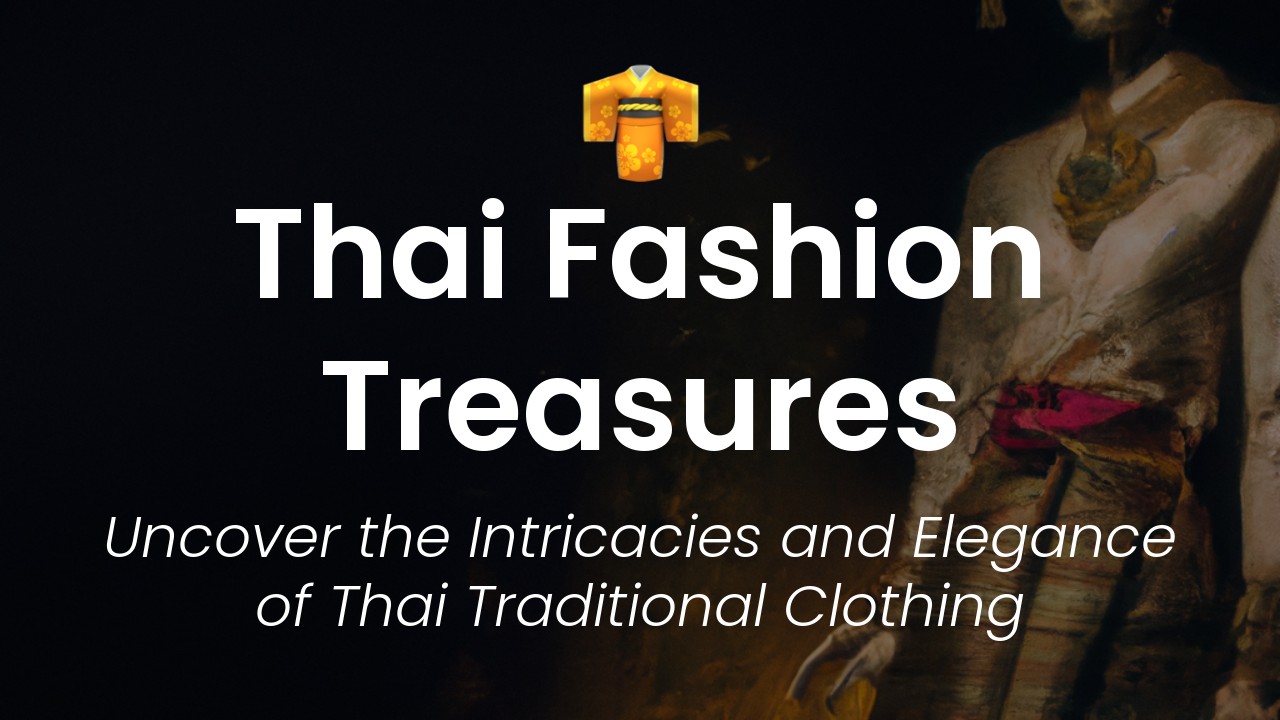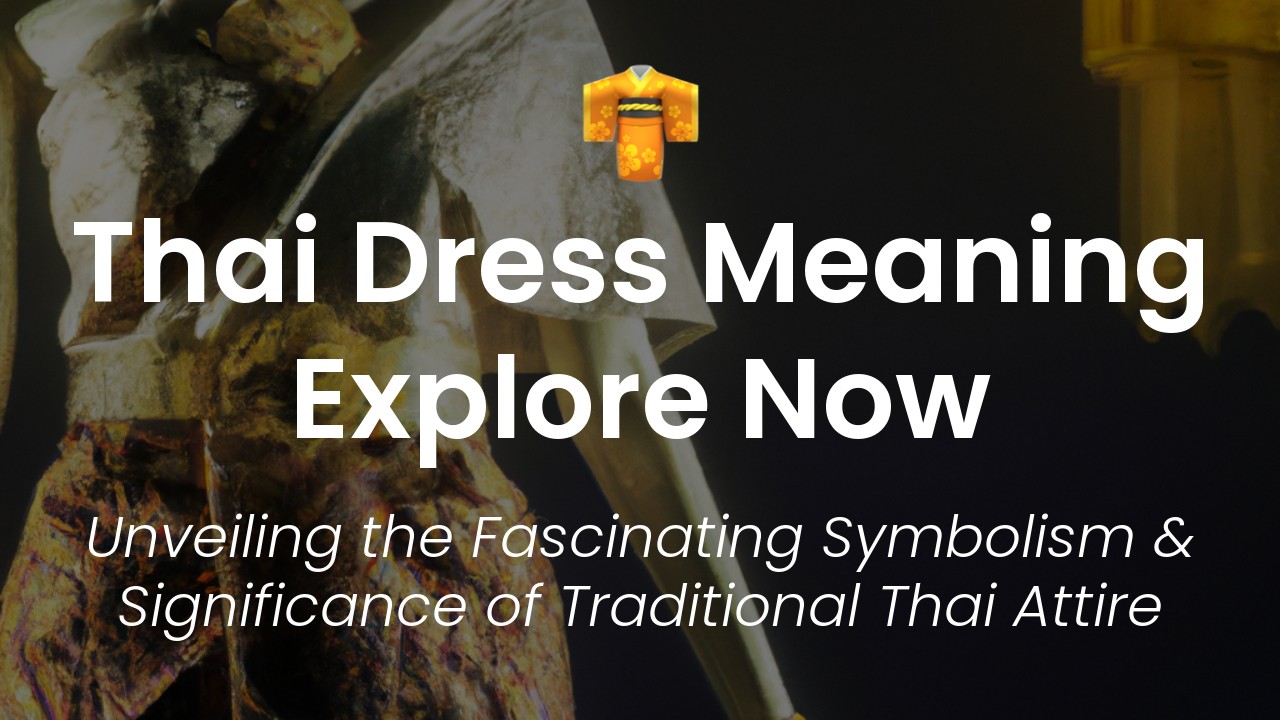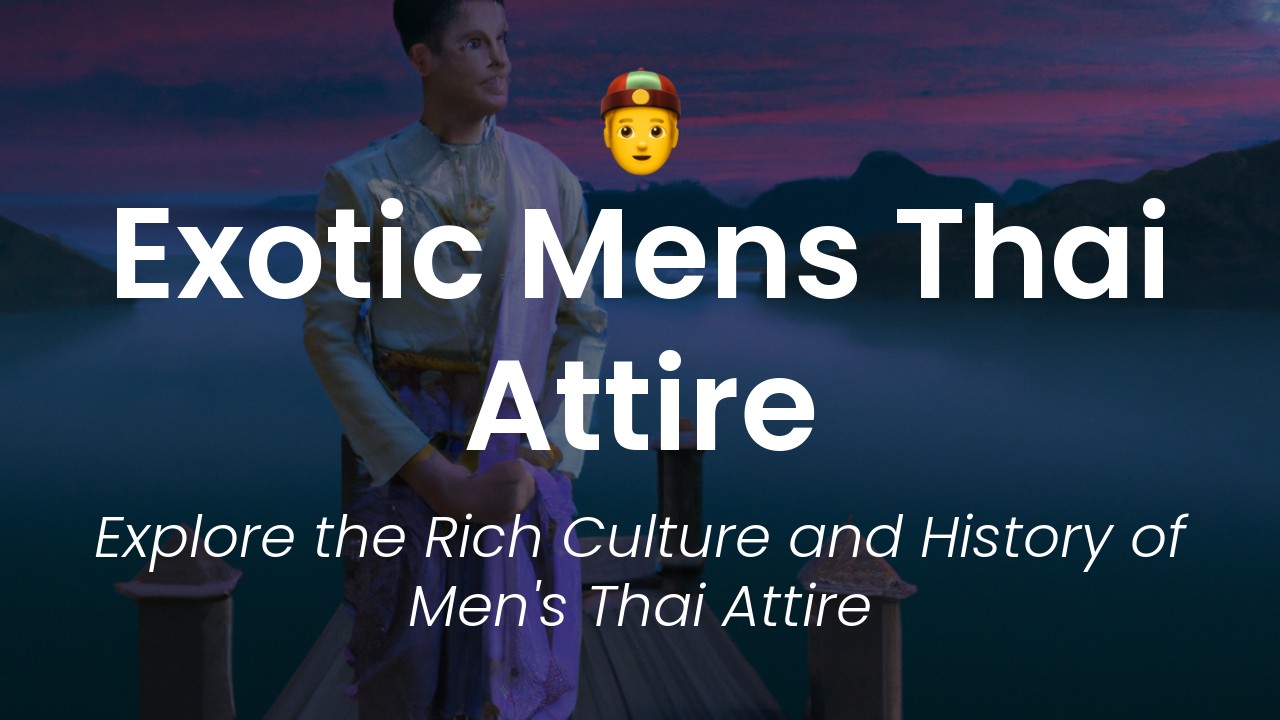As a proud Northern Thai, I love sharing my culture and traditions with others. One of the most beautiful aspects of our culture is our traditional clothing – known as Lanna clothes. The intricate designs, vibrant colors, and elegant fabrics make Lanna clothes truly stunning. They are not just clothes, but a symbol of our heritage, lifestyle, and connection to the earth.
In this article, I want to share with you about the history and meaning behind Lanna clothes. I’ll guide you through different types of Lanna clothes, their distinct features, and their significance in our everyday life. By the end of this article, you will have a deeper appreciation for the cultural wardrobe of Northern Thailand and perhaps even be inspired to add some Lanna clothes to your own collection!
But first, let’s take a trip back in time. The Lanna Kingdom was a powerful empire in Southeast Asia from the 13th to 18th centuries, with its own distinct culture and traditions. The Lanna people developed their own style in clothing, which was different from other kingdoms in Thailand. Lanna clothes were worn not only for practical purposes but also as a form of artistic expression. The clothes were designed to reflect social and economic status, and were often decorated with intricate embroidery, silver or gold beads, and colorful patterns.
The Significance of Lanna Clothing
Lanna clothing is an important part of Northern Thai culture and heritage. The word Lanna refers to the kingdom of the same name which existed from the 13th to the 18th century in what is now Northern Thailand. Lanna clothing reflects the unique blend of cultural influences from the various ethnic groups that inhabit the region including Burmese, Chinese and Laotian. It has its distinctive style but is often influenced by styles from these neighboring cultures.
Traditional Materials and Techniques
The materials used to make Lanna clothing reflect the local natural resources. Cotton and silk are the most common and are used for both everyday and formal wear. Lanna clothing usually features handwoven fabric as well as beautiful patterns made with cotton, silk, silver or gold threads. The fabric is sometimes dyed using natural materials obtained from local plants or imported Indian dyes.
Traditionally, women and men wore simple clothing styles with short sleeves and wide pants or skirts. Women's tops were generally short in length and had a button on the front.
Techniques used by Lanna weavers include the process of tying and dying fabric, known as "mudmee", in which string is wrapped around the fabric and tied in certain designs before being dyed. This process creates a unique and beautiful pattern on the fabric which is then made into clothing.
Styles of Lanna Clothing
Lanna clothing styles can be divided into two main categories; everyday wear and formal and ceremonial wear.
For women, everyday wear includes the "sinh" which is a tube skirt typically hand-woven or embroidered with intricate designs of flowers, animals, or geometric shapes. Women pair the "sinh" with a simple blouse or shirt. A traditional long silk shawl or "pha sin" is one of the most popular accessories for completing a Lanna outfit.
For formal and ceremonial occasions, women often wear a "sabai" which is a long, rectangular piece of silk cloth draped over the shoulder with its end hanging down to the ground at the back. The "sabai" adds elegance to women's dresses and has a tassel or fringe decoration at both ends. The "sabai" is often paired with a silk skirt or a "suea pat" which is a blouse with a low neckline and broad shoulder that reveals the "sabai".
Men's Lanna clothing is usually less embellished than women's clothes but equally comfortable and charming. Men wear a "pa kao ma" which is a colorful printed cloth wrapped around the waist like a skirt. This is paired with a shirt and a jacket that is often made of black or brown cotton. The jacket has a rounded collar and buttons on the front. A scarf made of silk or cotton is also worn around the neck as an accessory.
Accessories and Ornaments
Accessories and ornaments play an essential role when it comes to Lanna clothing. The dress is usually not complete without some adornment. For women, a traditional belt or "taay dten" is often worn around the waist to secure the skirt in place and add extra definition to the waistline. The "dtua sua" necklace, another popular accessory, is an intricate necklet made of tiny beads, often in a lotus shape, that sits flat against the chest. For men, the "hua kaphan" is a popular accessory worn on the wrist or ankle, and it consists of two or three rings of brass wire twisted together.
Lanna Fashion Today
Lanna clothing has evolved with time, influenced by modern trends in fashion. These days, generation after generation still appreciates the unique charm of Lanna clothing, and it remains a popular choice for special events such as weddings and festivals.
In the contemporary fashion scene, Lanna clothing has been blended with other styles which adds interest and relevance to the younger generation. There are beautiful collections of Lanna-inspired clothes tailored to suit a modern lifestyle while still keeping the traditional motifs and designs.
Where to Buy Lanna Clothes
For travelers curious about getting an authentic Lanna experience, it is possible to buy Lanna clothes at local markets in Northern Thailand. Mae Hong Son, Chiang Mai, and Chiang Rai are popular destinations. The markets offer a variety of hand-woven clothes, the best places to buy the Lanna dress, especially if you're looking for one-of-a-kind pieces.
There are also tailor shops in major cities with tailors skilled at creating custom-made Lanna clothes for anyone who desires to bring a unique part of Thai culture back home.
Honoring Lanna Culture
Lanna clothing is an essential and fascinating part of Northern Thai culture and heritage that continues to play a significant role in the tourism industry in Thailand. It is the continued interest of visitors and enthused locals that keep the traditional Lanna weaving techniques alive, and perpetuates the beauty of Lanna textiles that define an essential part of Thai cultural heritage and the country's unique identity. The appreciation and commitment to promoting traditional craftsmanship ensure that Lanna clothing will continue to evolve and inspire future generations.

